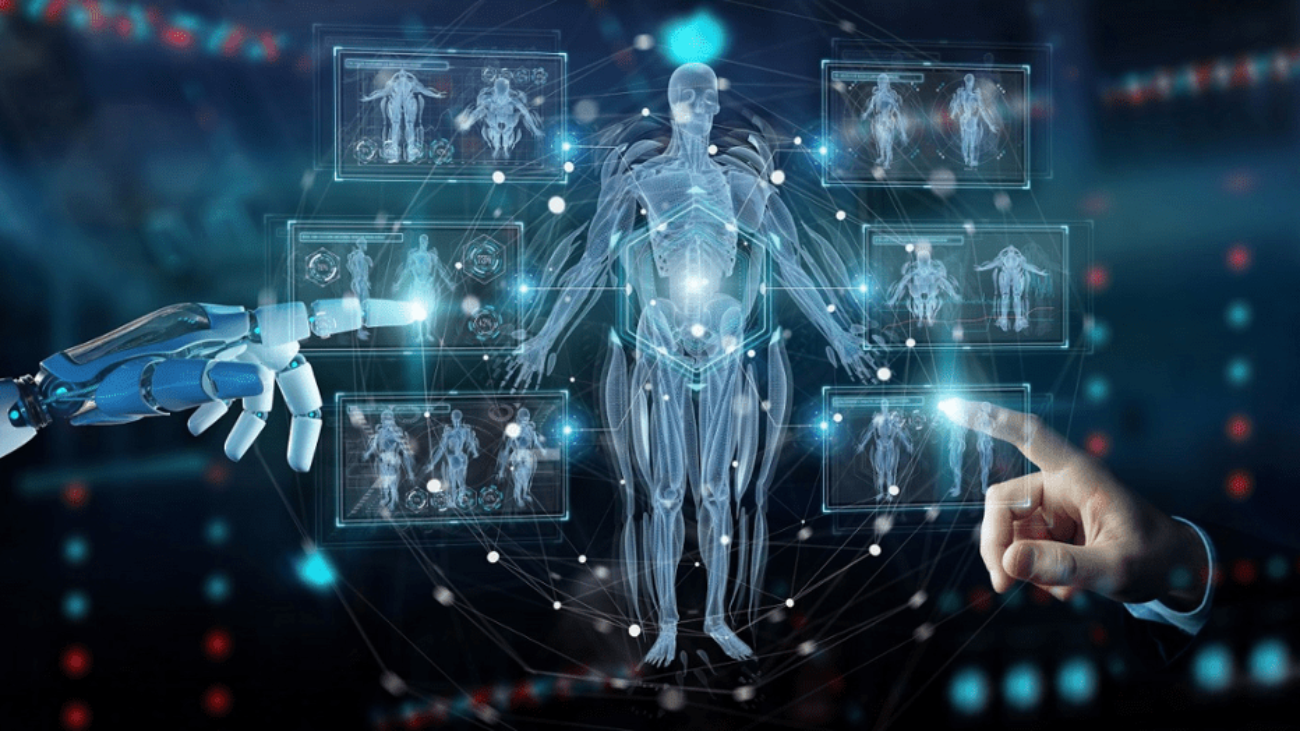Artificial Intelligence (AI) is revolutionizing various sectors, and healthcare is no exception. One of the most significant impacts of AI in healthcare is in the field of medical imaging and diagnosis. AI-powered technologies are enhancing the accuracy, efficiency, and accessibility of medical imaging, leading to improved patient outcomes. This blog will explore how AI is transforming medical imaging and diagnosis, highlighting key advancements and their implications for the future of healthcare.
Enhanced Image Analysis and Interpretation
AI algorithms, particularly those based on deep learning, have shown remarkable proficiency in analyzing medical images. These algorithms can process and interpret complex imaging data with a level of accuracy that often surpasses human capabilities. AI can detect subtle patterns and anomalies in medical images, such as X-rays, MRIs, and CT scans, that may be missed by human eyes. This enhanced image analysis helps in the early detection of diseases, leading to timely and more effective treatments.
Improved Diagnostic Accuracy
One of the primary benefits of AI in medical imaging is its ability to improve diagnostic accuracy. AI systems can be trained on vast datasets of medical images to recognize specific features associated with various conditions. For example, AI algorithms have been developed to accurately identify signs of cancer, cardiovascular diseases, and neurological disorders. By reducing the likelihood of misdiagnosis and false positives, AI helps healthcare providers make more informed decisions, ultimately enhancing patient care.
Streamlined Workflow and Efficiency
AI-powered tools are streamlining the workflow in radiology departments, making the diagnostic process more efficient. Automated image analysis reduces the time radiologists spend on routine tasks, allowing them to focus on more complex cases. AI can also prioritize imaging studies based on urgency, ensuring that critical cases are reviewed first. This efficiency not only speeds up the diagnostic process but also reduces the workload for healthcare professionals, leading to improved overall productivity.
Early Detection and Predictive Analytics
AI’s ability to analyze large datasets and identify patterns is particularly valuable in the early detection of diseases. AI algorithms can detect early signs of conditions like cancer, Alzheimer’s disease, and diabetic retinopathy, often before symptoms become apparent. Additionally, AI can use predictive analytics to assess an individual’s risk of developing certain diseases based on their medical history and imaging data. Early detection and predictive analytics enable proactive interventions, improving patient outcomes and potentially saving lives.
Enhanced Accessibility and Remote Diagnostics
AI is making medical imaging and diagnosis more accessible, particularly in remote and underserved areas. AI-powered diagnostic tools can be deployed in locations with limited access to specialized radiologists, enabling remote diagnostics. Telemedicine platforms integrated with AI can facilitate the sharing of medical images and diagnostic information with specialists anywhere in the world. This enhanced accessibility ensures that more patients receive timely and accurate diagnoses, regardless of their geographic location.
Personalized Treatment Plans
AI’s ability to analyze and integrate diverse data sources is paving the way for personalized treatment plans. By combining imaging data with other patient information, such as genetic profiles and clinical records, AI can help healthcare providers develop tailored treatment strategies. Personalized treatment plans improve the effectiveness of interventions and reduce the risk of adverse effects, leading to better patient outcomes.
Continuous Learning and Improvement
AI systems continuously learn and improve over time, becoming more accurate and reliable as they are exposed to new data. This continuous learning capability ensures that AI-powered diagnostic tools remain up-to-date with the latest medical knowledge and advancements. As a result, healthcare providers can rely on AI to deliver consistent and high-quality diagnostic support.
Conclusion
AI is transforming medical imaging and diagnosis in profound ways, enhancing the accuracy, efficiency, and accessibility of diagnostic services. From improved image analysis and diagnostic accuracy to streamlined workflows and early disease detection, AI is revolutionizing how healthcare providers diagnose and treat patients. As AI technology continues to advance, its role in medical imaging and diagnosis will only grow, promising a future where healthcare is more precise, personalized, and accessible for all.



